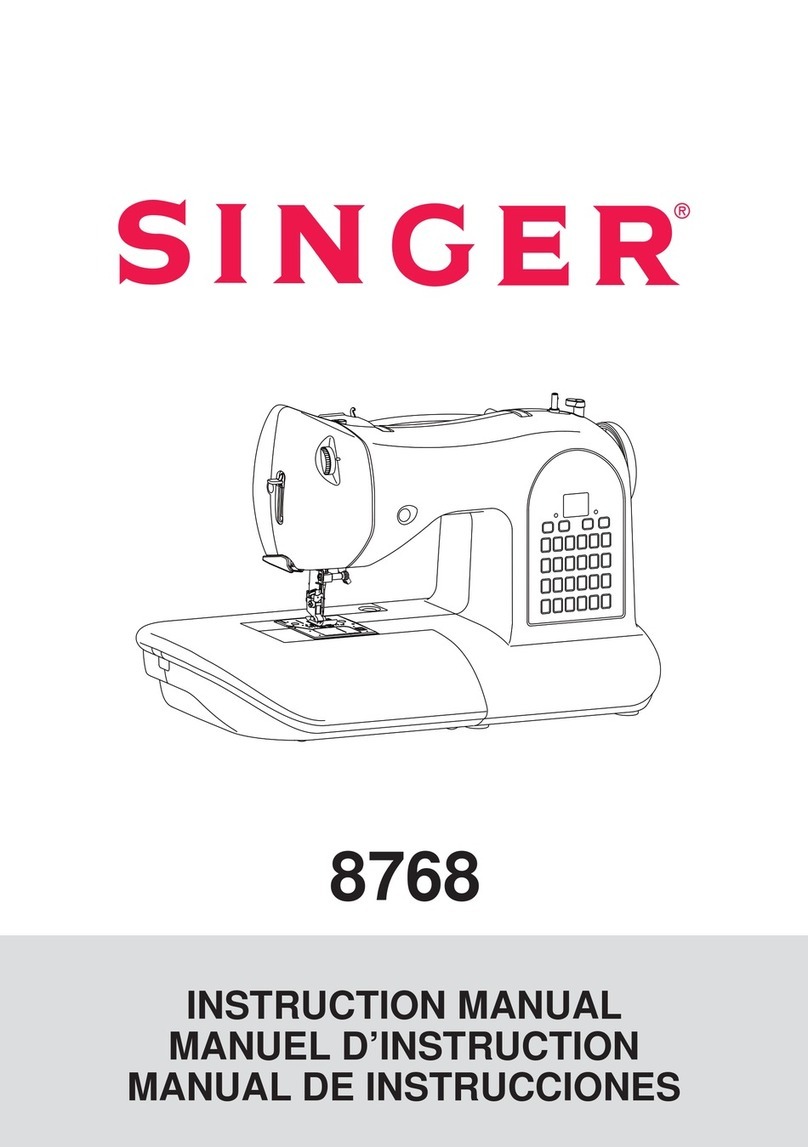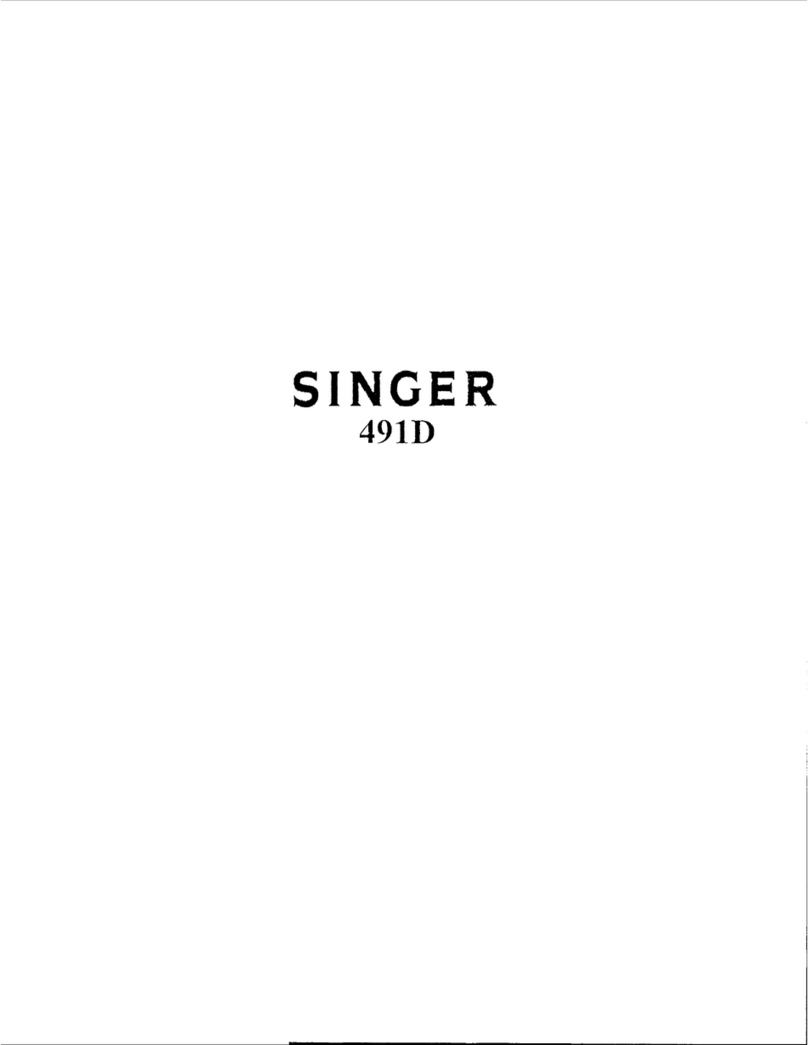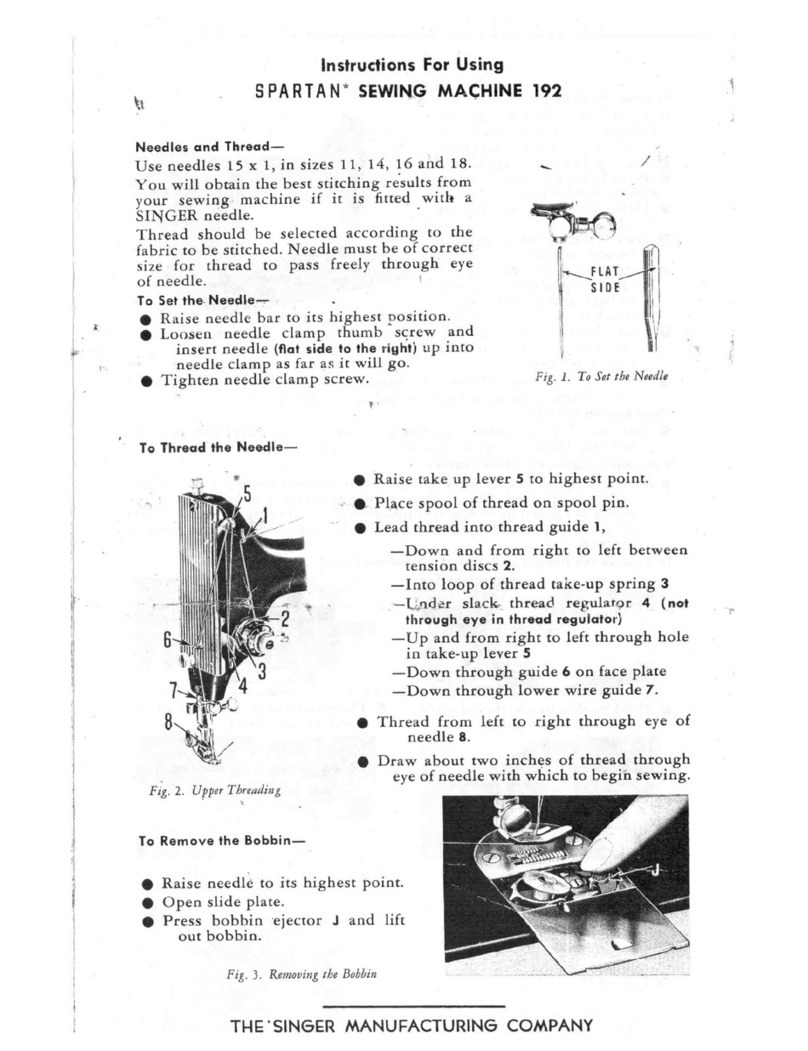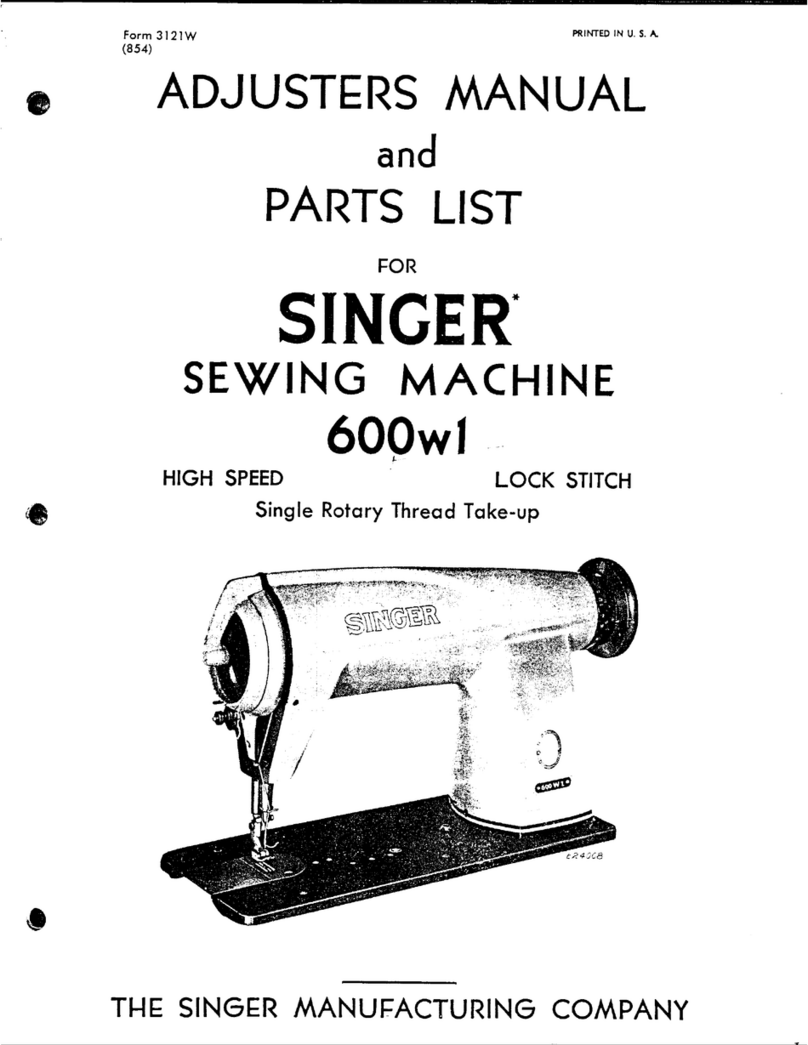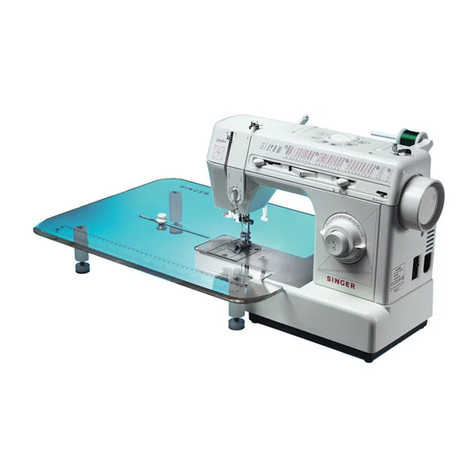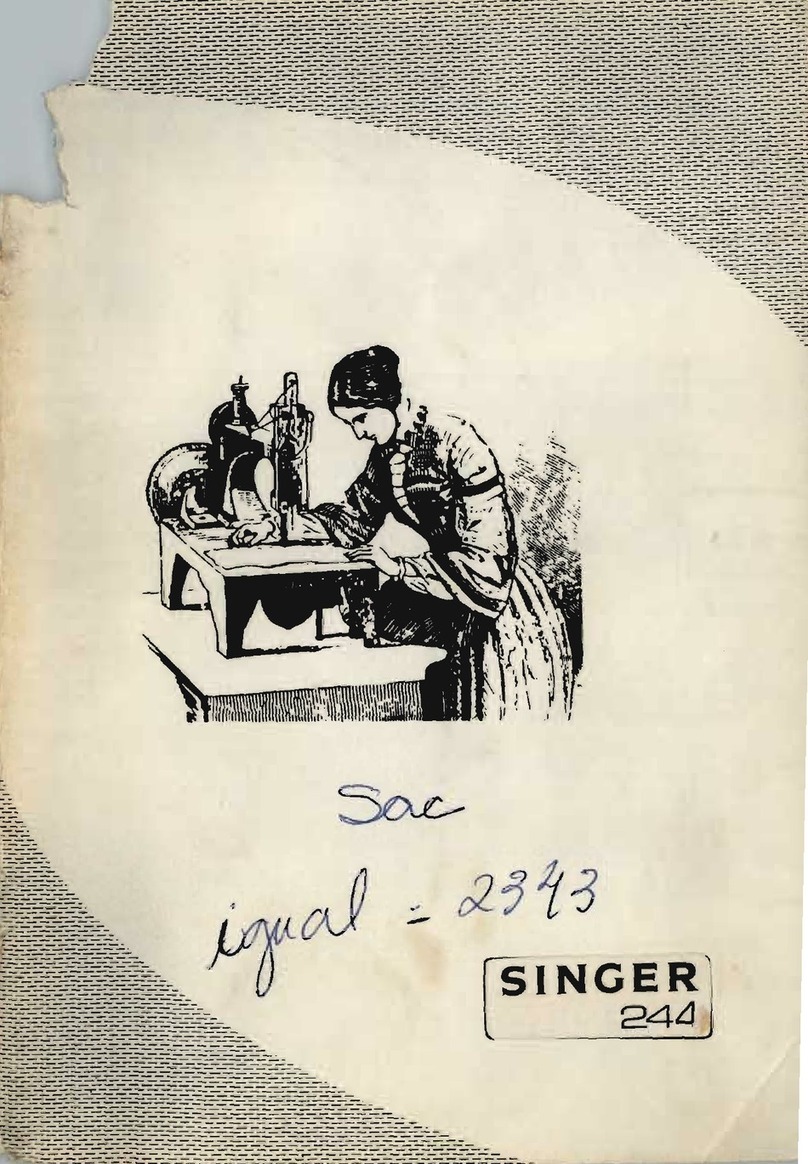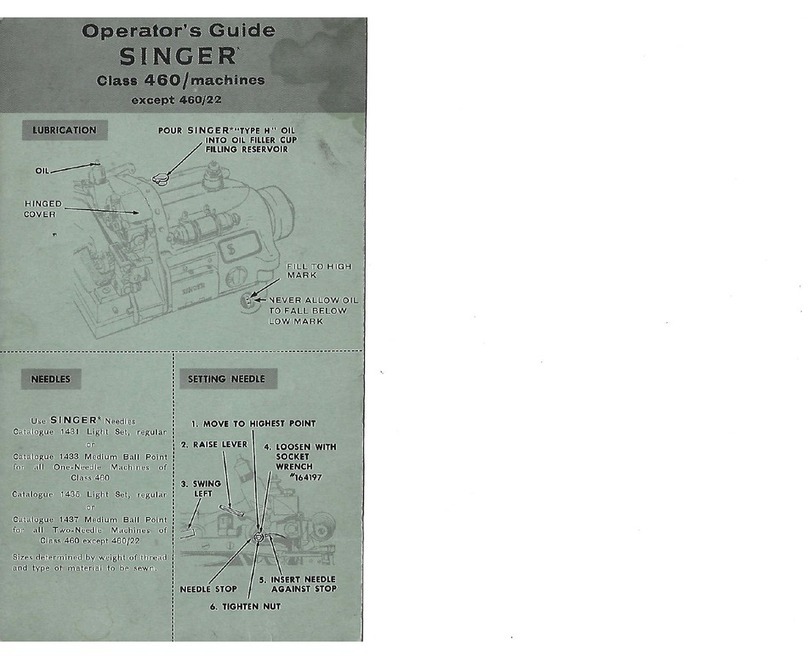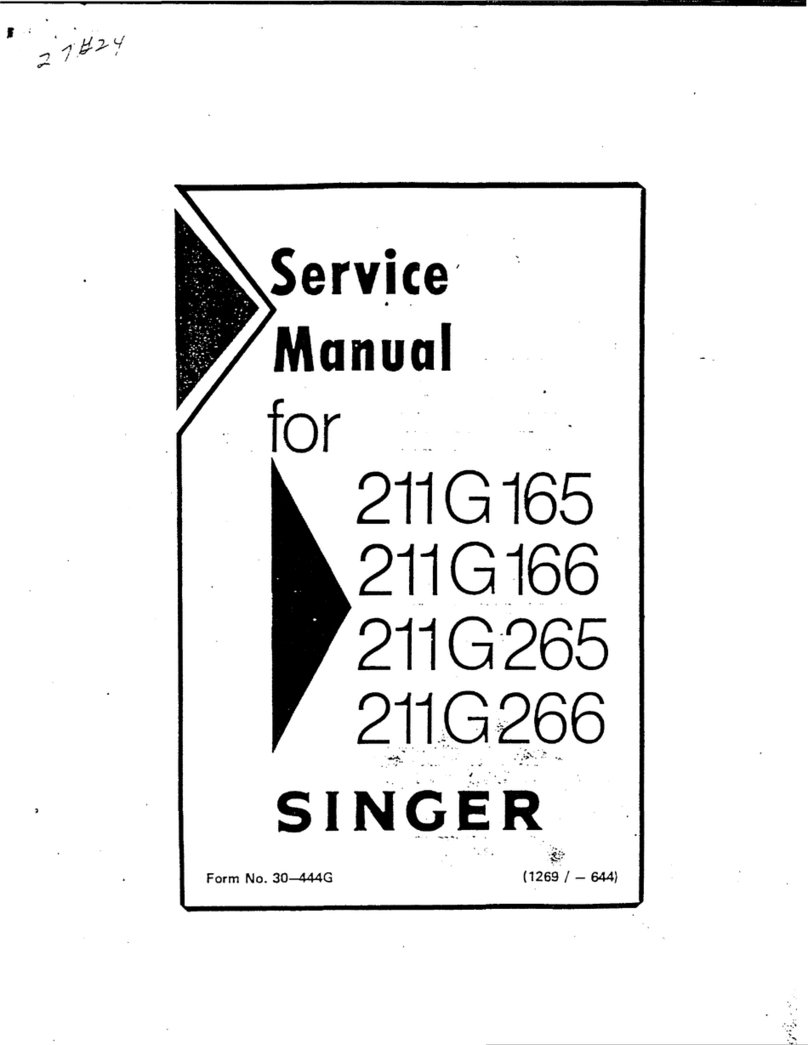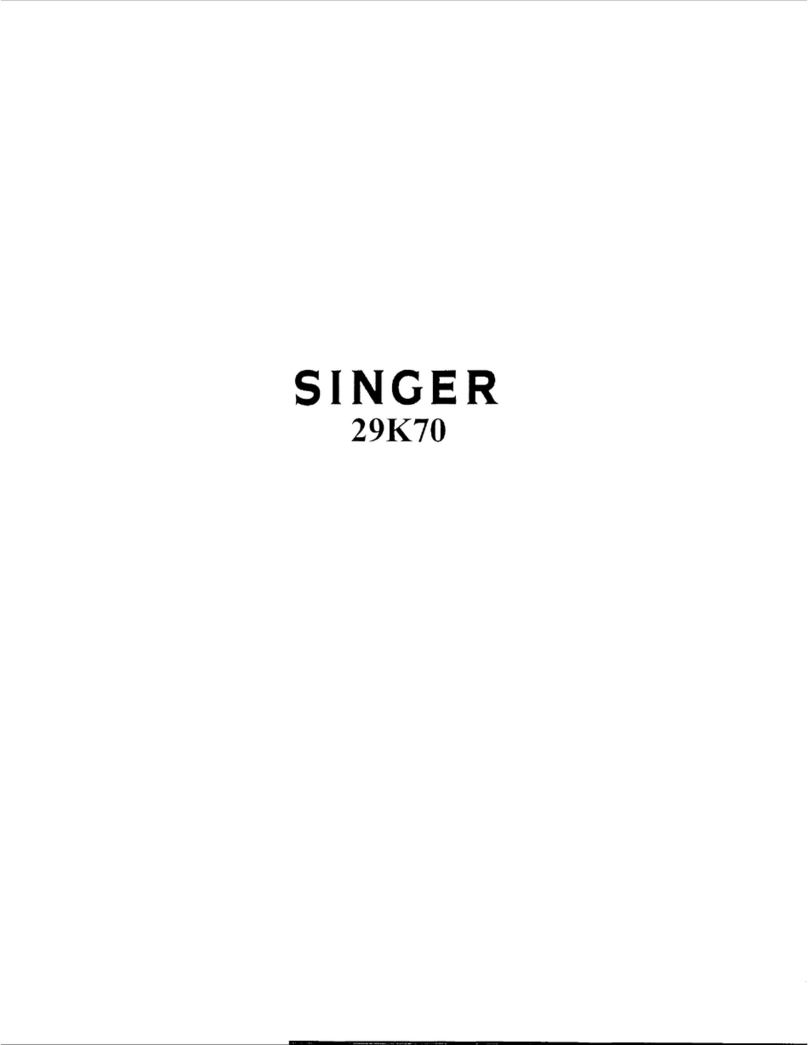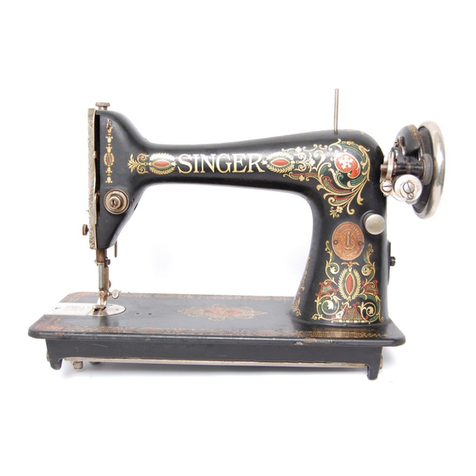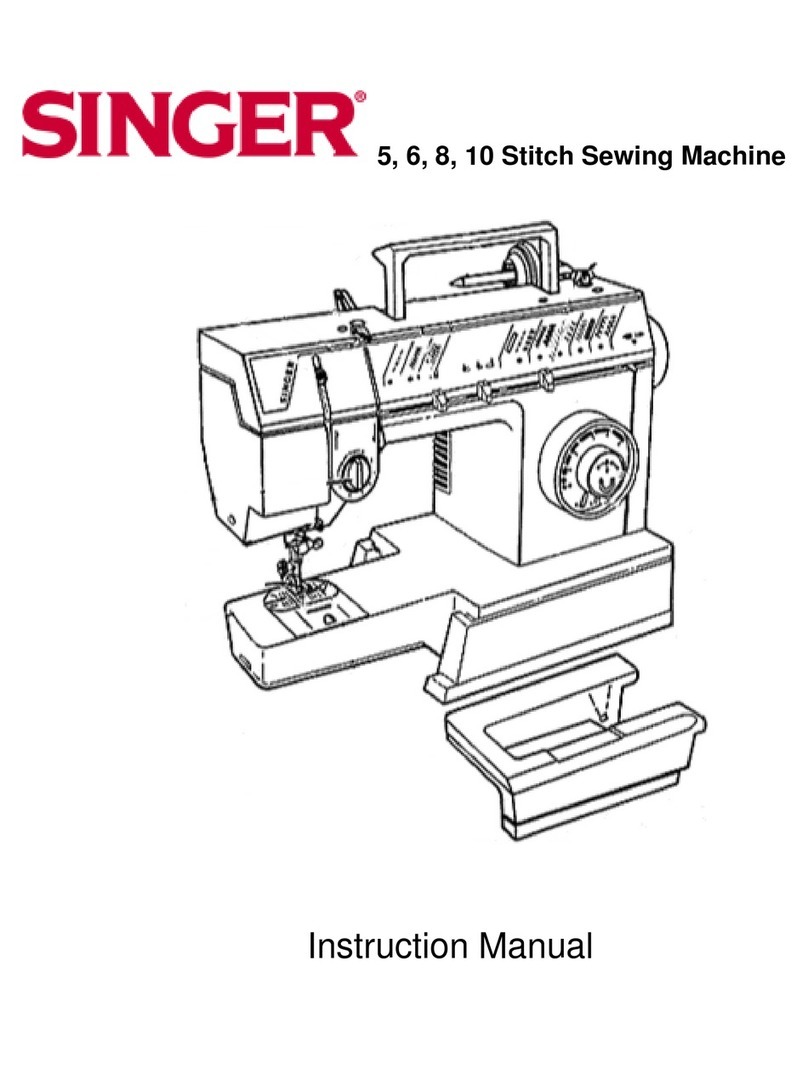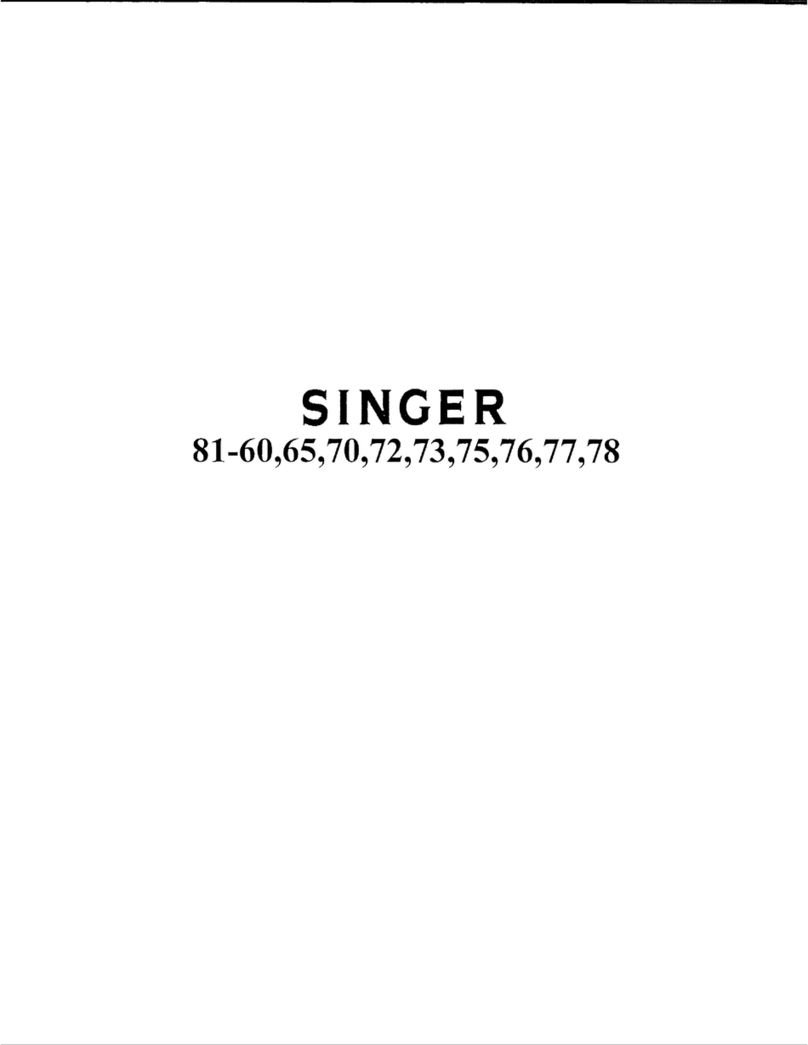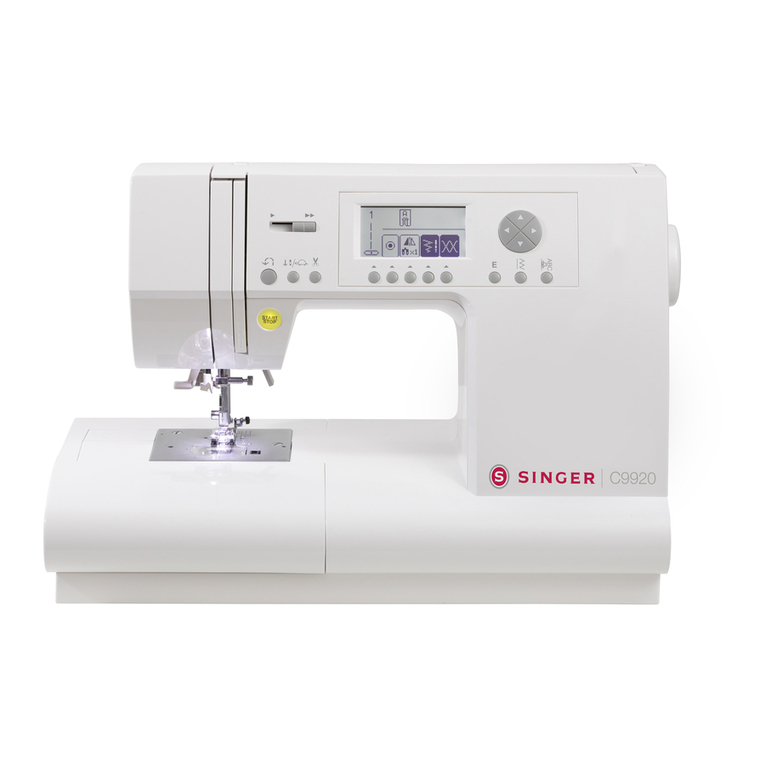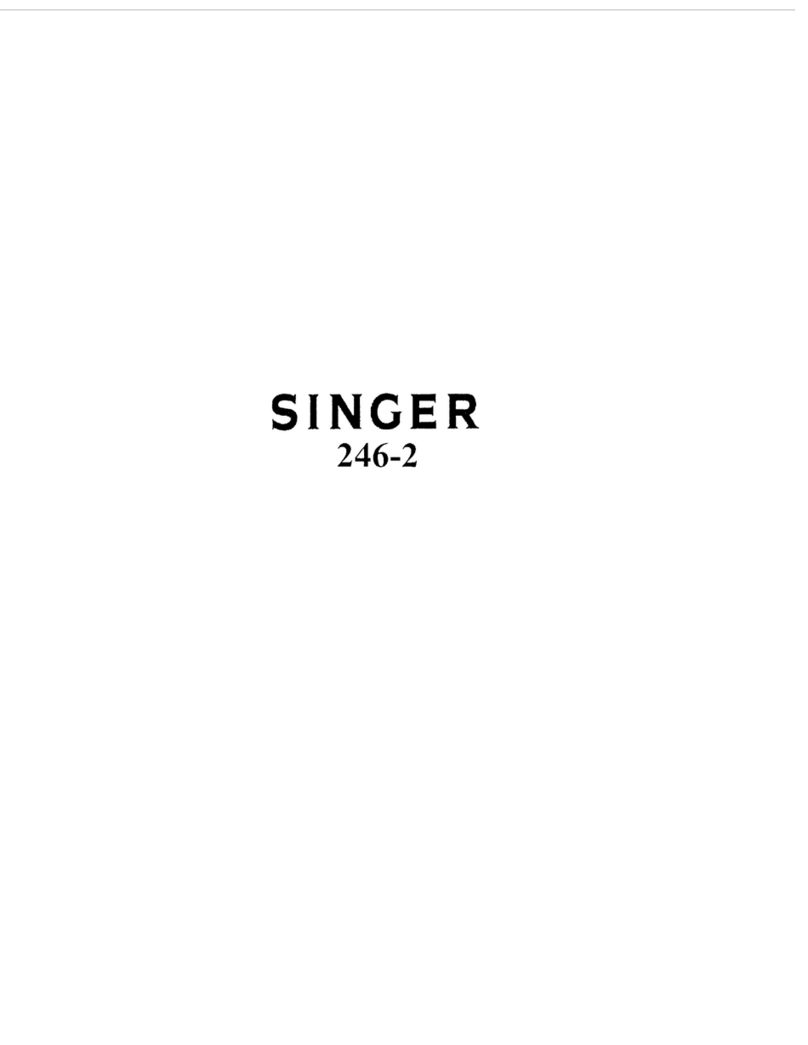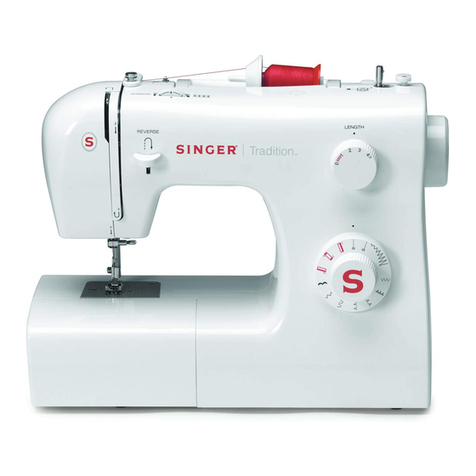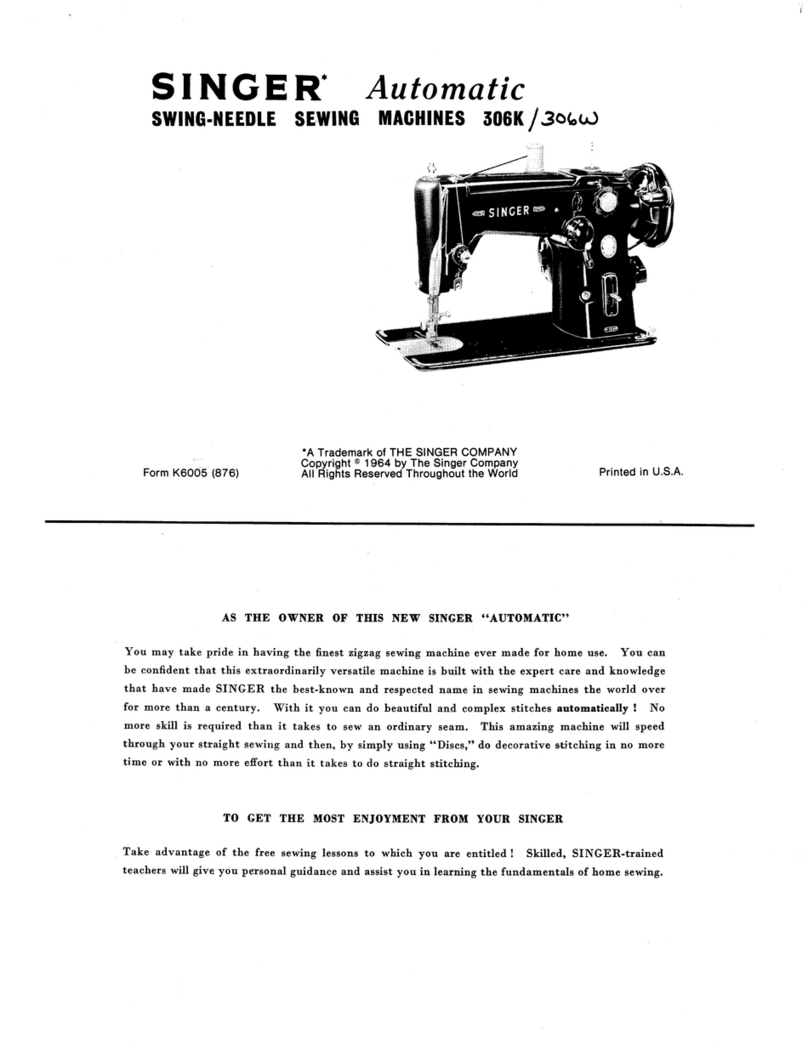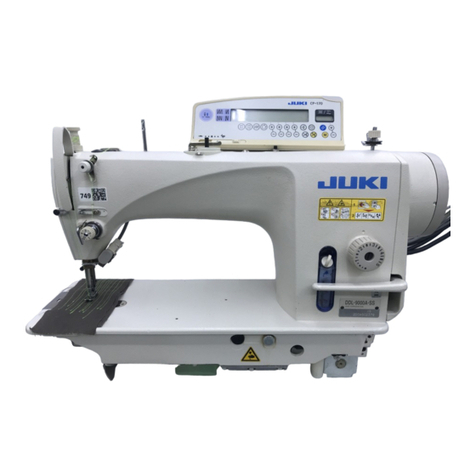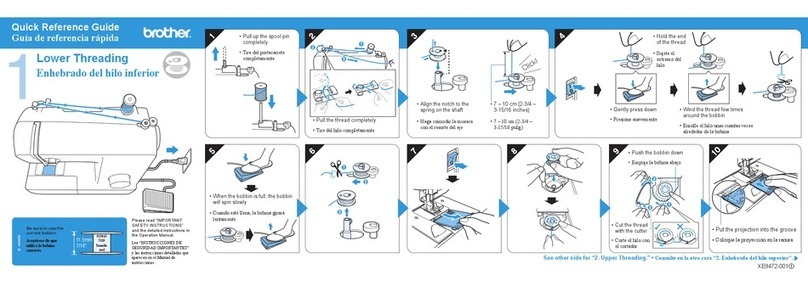Machine Basics
Threading the Machine
ewing
General Information
Maintenance and Troubleshooting
Principle Parts of the Machine..............................................................................................................................................2/3
Connecting Machine to Power Source ....................................................................................................................................4
Two Step Presser Foot Lifter...................................................................................................................................................5
Accessories .............................................................................................................................................................................6
Winding the Bobbin .................................................................................................................................................................7
Inserting the Bobbin ................................................................................................................................................................
Thread Tension .......................................................................................................................................................................9
Threading the Upper Thread .................................................................................................................................................10
Raising the Bobbin Thread....................................................................................................................................................12
How to Choose Your Pattern.................................................................................................................................................13
Stitch Length Dial ...................................................................................................................................14
Sewing Straight Stitch ...........................................................................................................................................................15
Reverse Sewing/ .....................................................................................................16
Choosing Stretch Stitch Patterns ..........................................................................................................................................17
Blind Hem..............................................................................................................................................................................1
Buttonholes ...........................................................................................................................................................................19
Sewing on Buttons ................................................................................................................................................................20
Installing the Removable Extension Table ............................................................................................................................21
Attaching the Presser Foot Shank.........................................................................................................................................22
Needle/Fabric/Thread Chart..................................................................................................................................................23
Darning Plate.........................................................................................................................................................................24
Inserting & Changing Needle ................................................................................................................................................25
Troubleshooting Guide ..........................................................................................................................................................26
Automatic Needle Threader (optional) ..................................................................................................................................11
Stitch Width Dial &
Removing the Work/Cutting the Thread
List of contents
VI
